Every day, the human body produces muscle, bone, and skin. It churns out blood that carries oxygen and nutrients to outposts where they are needed and sends nerve signals to body pathways. Vitamins are one of the essential nutrients that the body needs to perform its diverse roles. Adopting a good diet is the most recommended way to get enough vitamins that our body requires.
Folic acid is one of the important vitamins that offer the body numerous benefits. It is needed for overall wellness hence the need to recognize the foods that contain high amounts of folic acid. Continue reading to obtain more information about what foods have folic acid.
Jump to:
What is folic acid?
Folic acid is the simulated form of folate, which is a natural form of vitamin B. Folic acid is needed for a wide range of functions in the body. It assists the body in producing new and healthy red blood cells, which are essential for oxygen transport in the body. When a person’s body does not produce enough of these blood cells, it could cause weakness, pale complexion, and anemia.
Folic acid is also essential for the fusion of genetic material and DNA. Additionally, folate is very important for pregnancy as it is necessary for fetal development, especially concerning the spinal cord. Consuming high-folic acid foods during pregnancy can also help decrease the chances of congenital irregularities. Due to the importance of folate, the FDA (Food and Drug Administration) requires producers of foods to add folic acid to vitaminize pasta, bread, and cereals in the US.
What are the signs of folate deficiency?
It is recommended that men and women who are above nineteen years of age should get up to 400 mcg (micrograms) of folate per day. Those who are deficient in folate are at greater risk of multiple types of anemia, particularly megaloblastic anemia and folate deficiency anemia. Irritability, tongue sores, headache, heart palpitations, shortness of breath, and fatigue are some of the symptoms of folate deficiency. However, certain groups are at a greater risk of developing a folate deficit such as those with a history of alcohol use disorders, women who are pregnant, and those who are of childbearing age. So, what foods have folic acid in them?
Amazing high-folic acid foods
1. Eggs

In addition to the various vitamins in eggs, they contain folate. A large pack of eggs contains a 22-mcg amount of folate. Adding just a few servings of boiled or fried eggs to your diet every week can help your body meet its folate needs. The two most significant antioxidants that can help lower the risk of eye disorders are also prevalent in eggs. Zeaxanthin and lutein, which have been shown to effectively reduce macular degeneration symptoms, are present in them.
Consuming eggs can result in an improved level of protein intake, weight management, good dietary choice of choline, and a source of omega 3s. Eggs are also a good way to improve nutrient intake in elderly people, can support better mental health or ease anxiety, improve sleep, and reduce the symptoms of depression.
2. Broccoli
An edible green plant from the cabbage family, broccoli contains many nutrients like iron, vitamin C, fiber, calcium, vitamin K1, magnesium, and vitamin D. In addition, it contains higher amounts of protein than most vegetables. You can enjoy this green vegetable cooked and raw, however, a recent study has shown that steaming broccoli provides more benefits than other cooking options.
However, when it comes to increasing your folate intake, cooked broccoli takes the top spot. One can get up to 84 mcg of folate from a half cup of cooked broccoli while you can get only about 57 mcg of folate from raw broccoli. There are other advantages to eating broccoli such as better immune system support, improved heart health, and hormonal balance support. Likewise, broccoli contains beneficial compounds like sulforaphane, which have been extensively studied because of cancer prevention and treatment.
3. Beef liver
Another food under the category of high-folic acid foods is beef liver. One can obtain up to 212 mcg of folate from consuming about 3 ounces of cooked beef liver.
Beef liver also contains other beneficial nutrients like copper which helps keep the nerves in good shape and prevent cell damage, vitamin B12 for DNA development, selenium for improved metabolism, phosphorus for enriched tooth health, and vitamin A for immunity and cell division. In addition to this, beef liver is a dense source of protein.
4. Citrus fruits
Citrus fruits are high in multiple nutrients such as fiber, flavonoids, vitamin C, and most importantly folic acid. They are considered an excellent part of high-folic acid foods. Citrus fruits such as lemons, limes, oranges, and grapefruits all contain high amounts of folate.
Moreover, citrus fruits are packed with other awesome health benefits such as better hydration, reduced inflammation, improved gastrointestinal functions, vascular protection, and cold prevention. Because citrus fruits are packed with high amounts of vitamin C, they can aid the fortification of the body against diseases and infections, thereby boosting immunity.
5. Legumes
Foods like chickpeas, peanuts, clover, beans, and tamarind are examples of legumes. Legumes have notable nutritional characteristics and are a rich source of protein and healthy fibers. They contain nutrients like magnesium, iron, and potassium. They can provide your body with 90% of the daily requirement of folate. The amount of folic acid in legumes can differ from one type of legume to another.
Legumes that are high in folate include edamame (482 mcg), cooked mung beans (321 mcg), and cooked chickpeas (282 mcg) among others. Other nutritional benefits of legumes are aiding the reduction of blood sugar, prevention of digestive cancers, prevention of cell damage, and support of weight management.
6. Leafy greens
Well known for the numerous nutrients and advantages that they provide; leafy greens are a must for every diet. What more? They contain folate. You can get up to 15% of the recommended daily value of folate from one cup of raw spinach. One unique advantage of consuming leafy greens like arugula, kale, and spinach is that they are low in calories and yet filled with many beneficial nutrients. They are a rich source of vitamin K, ascorbic acid, and magnesium.
Reduction of belly-bloating, improved skin glow, alleviation of stress, better brain function, improved bone health, protection of skin from UV rays, regulation of blood glucose, and enhanced digestive enzymes are all additional benefits that can be gotten from consuming leafy greens. The best leafy greens to consume include cabbage, microgreens, spinach, beet greens, romaine lettuce, endive, watercress, and Swiss chard.
7. Nuts and seeds
Another example of high-folic acid foods is nuts and seeds. Adding them to your diet can help improve your folate intake. Although the amount of folic acid in different types of nuts and seeds can slightly differ, they remain a great addition to any diet. Twenty-eight grams of walnuts contain about 28 mcg of folic acid while the same number of flax seeds can contain up to 24 mcg of folic acid.
Nuts and seeds also are loaded with fiber, thus making them ideal for diets that aim to assist individuals to lose weight. They also contain nutrients like selenium, phosphorus, copper, manganese, and magnesium. Moreover, nuts are filled with antioxidants like polyphenols that have been proven to help combat unstable elements that can elevate disease risk and cell damage.
8. Beetroots
Commonly known as beets, beetroots are a versatile and vibrant kind of vegetable. Beetroots are filled with important plant compounds and minerals, which have great medicinal advantages. They contain good amounts of vitamin C, magnesium, vitamin B6, fiber, and Iron. In addition, they are an excellent source of folic acid. A cup of raw beetroots, which is about 136 grams, contains up to 148 mcg of folate.
Studies have shown that beets have the potential to reduce high blood pressure levels, which is one of the culprits responsible for many heart diseases. Furthermore, beetroots can provide other medicinal benefits that include better athletic performance, alleviation of inflammation, improved digestive health, and better brain function.
Conclusion
The whole operation of the body depends heavily on folic acid, otherwise known as folate. Therefore, it is necessary to be familiar with foods that have folic acid. Folic acid is essential for fetal development, heart health, and growth. As an adult, you should consume at least 400 mcg of folate daily to help your body perform these functions. Other foods high in folic acid include asparagus, fortified grains, banana, wheat germ, and avocado.

A writer passionate about wellness, nutrition, and intentional living. She creates engaging, research-based content that empowers readers to live healthier lives. Through every article, she brings clarity, inspiration, and a touch of everyday practicality. Read more about Juliana.

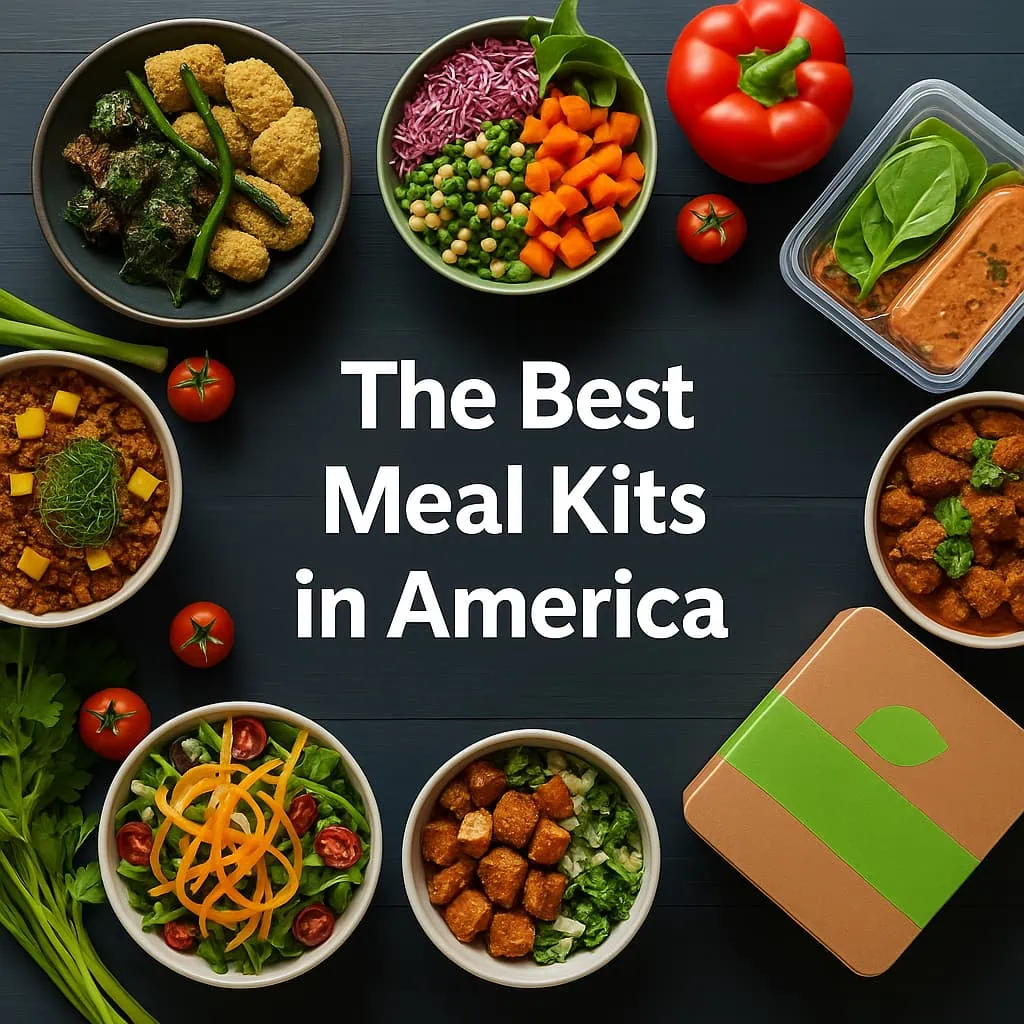
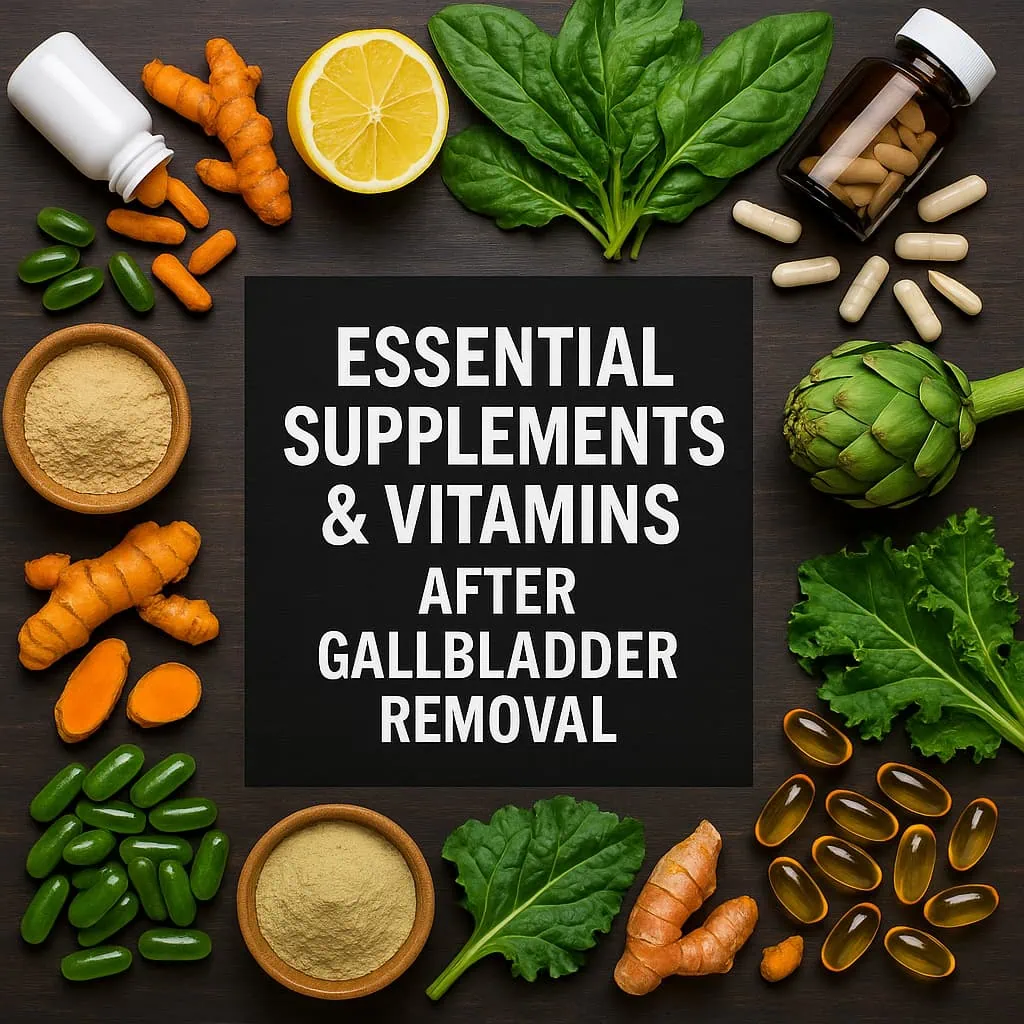
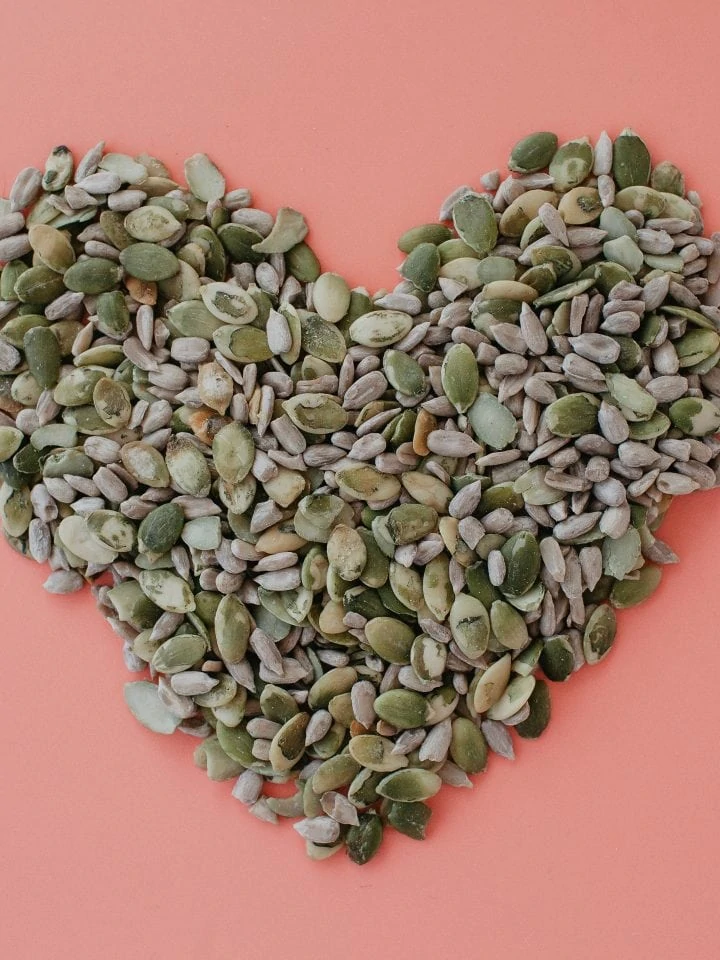
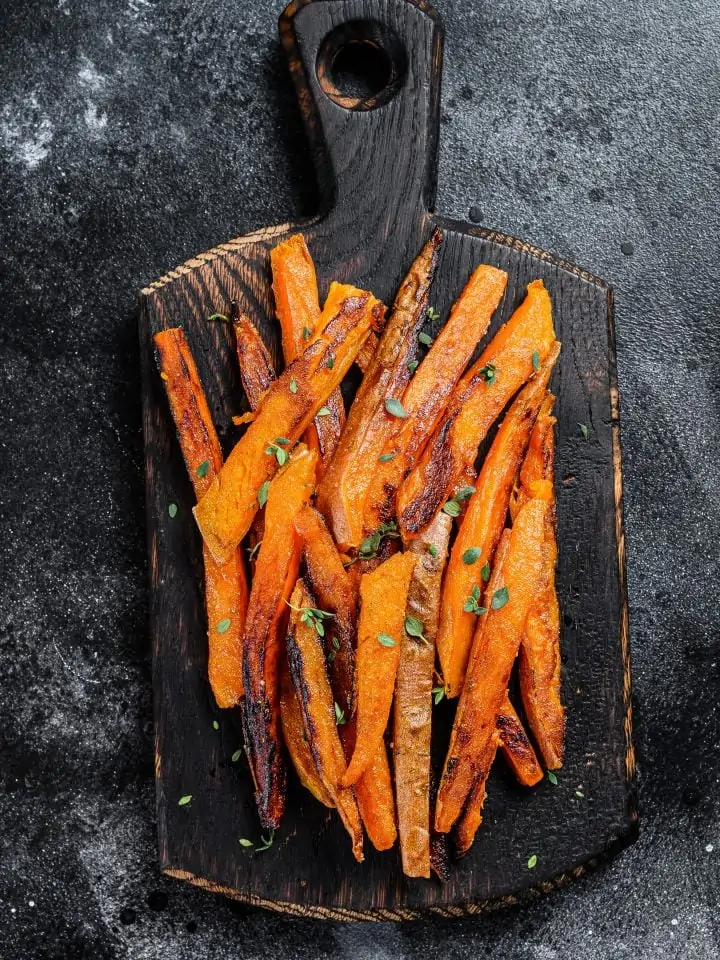
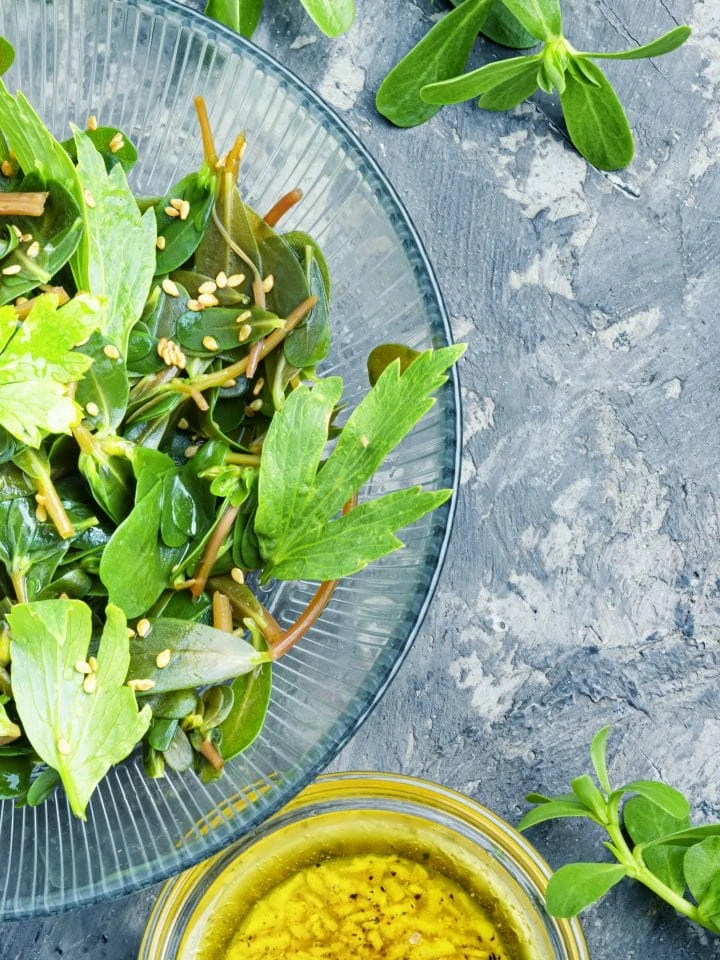
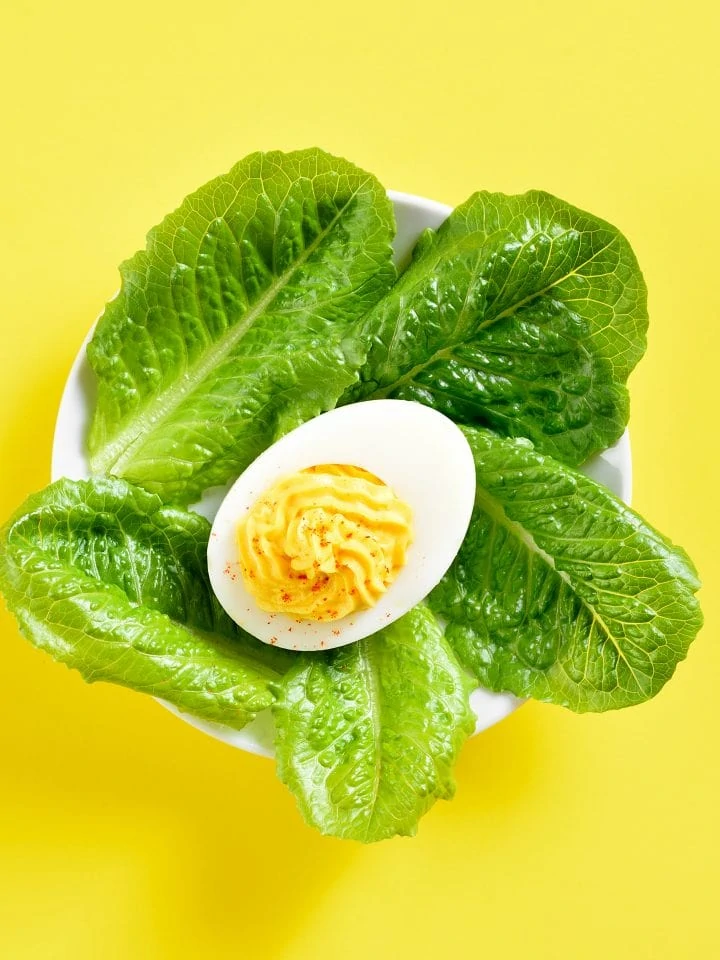
Comments
No Comments